R-14: Difference between revisions
Pbcjohnston (talk | contribs) Added captions |
Pbcjohnston (talk | contribs) Added captions |
||
| Line 51: | Line 51: | ||
[[File:R-14 bow planes work.jpg|left|500px]] | [[File:R-14 bow planes work.jpg|left|500px]] | ||
<div style="text-align: justify;"><span style="color:#00008B">This is a very interesting photo that directly illustrates the changes in opinion towards safety that has taken place over the last 100 years. In an operation that would make a modern day NAVOSH or OSHA inspector cringe, a lone sailor is working on the rigged out bow plane while the boat is underway in the channel of Pearl Harbor. No safety harness, no safety lines, no assistant to grab him if he falls. Just a slight wrong movement and he would be in the water, and with the boat moving forward it would be likely that he would be sucked into the whirling propellers before anyone could stop it. Even in 1921 it had to have been known that this was fraught with danger, yet it was considered an acceptable risk. Not today! | |||
<small>Photo courtesy of Robert Suess and the Suess Family, now in the private collection of Ric Hedman.</small> | |||
[[File:Red bar sub new.jpg]] | |||
[[File:R-14 harry e.jpg|left|500px]] | [[File:R-14 harry e.jpg|left|500px]] | ||
<div style="text-align: justify;"><span style="color:#00008B">Chief Gunner's Mate (Torpedo) Harry E. Woodworth of Omaha, NE. Woodworth was the Chief of the Boat (COB) for the R-14 in 1921, the senior enlisted man aboard and the principal enlisted advisor to the commanding officer. He was the boat's "get-it-done" man, directing the daily activities of the enlisted crew. He was experienced and tough, but well-liked and respected. | |||
<small>Photo courtesy of Robert Suess and the Suess Family, now in the private collection of Ric Hedman.</small> | |||
[[File:Red bar sub new.jpg]] | |||
[[File:R-14 patrick sullivan.jpg|left|500px]] | [[File:R-14 patrick sullivan.jpg|left|500px]] | ||
[[File:R-14 valoris with gun.jpg|left|500px]] | [[File:R-14 valoris with gun.jpg|left|500px]] | ||
Revision as of 15:11, 22 September 2023
Notes
Ric Hedman was gifted a set of photos from the family of Raymond Suess, a crewmember of the R-14 at the time of the sailing incident. Many of the photos below come from that collection, most of which can not be found anywhere else. They are an amazing look into the lives of the average submariner in 1921.
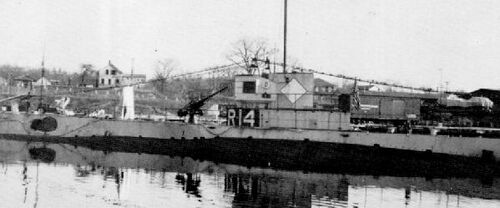
R-14 alongside at an unknown location. The background looks like Groton, CT., so this could be shortly after her commissioning in 1919 as she was preparing to transfer to the Pacific. On the other hand, the white diamond on her periscope shears is indicative of her time in Hawaii.
Photo in the private collection of Ric Hedman
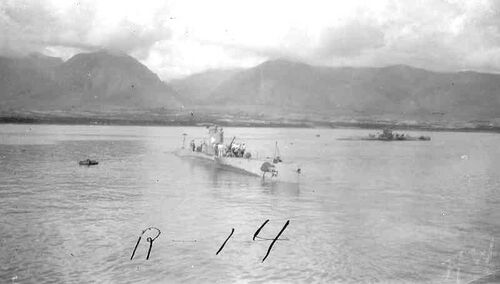
Photo courtesy of Robert Suess and the Suess Family, now in the private collection of Ric Hedman.

Photo courtesy of Robert Suess and the Suess Family, now in the private collection of Ric Hedman.
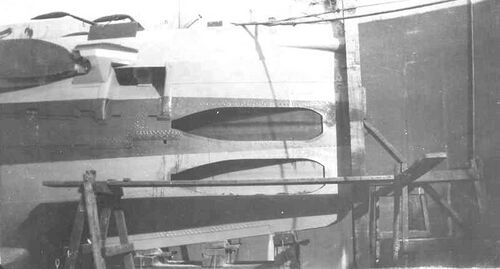
Photo courtesy of Robert Suess and the Suess Family, now in the private collection of Ric Hedman.
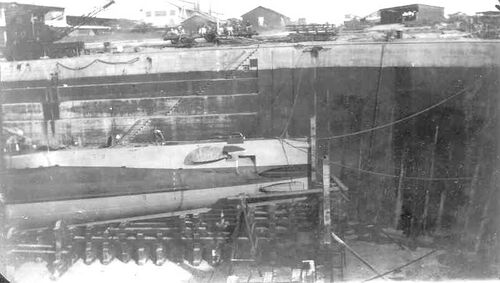
Photo courtesy of Robert Suess and the Suess Family, now in the private collection of Ric Hedman.
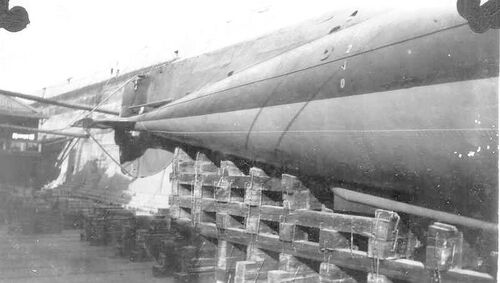
Photo courtesy of Robert Suess and the Suess Family, now in the private collection of Ric Hedman.
Photo courtesy of Robert Suess and the Suess Family, now in the private collection of Ric Hedman.
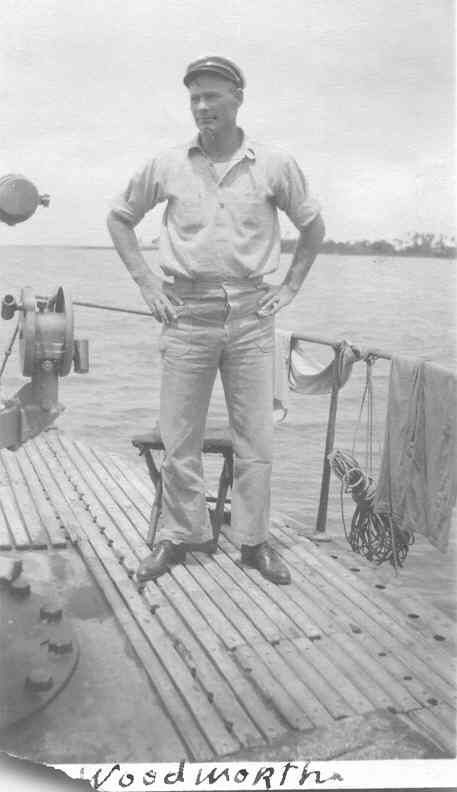
Photo courtesy of Robert Suess and the Suess Family, now in the private collection of Ric Hedman.
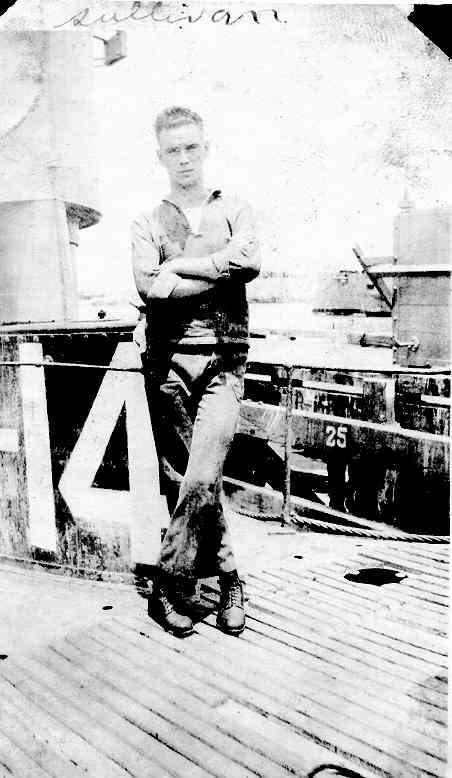
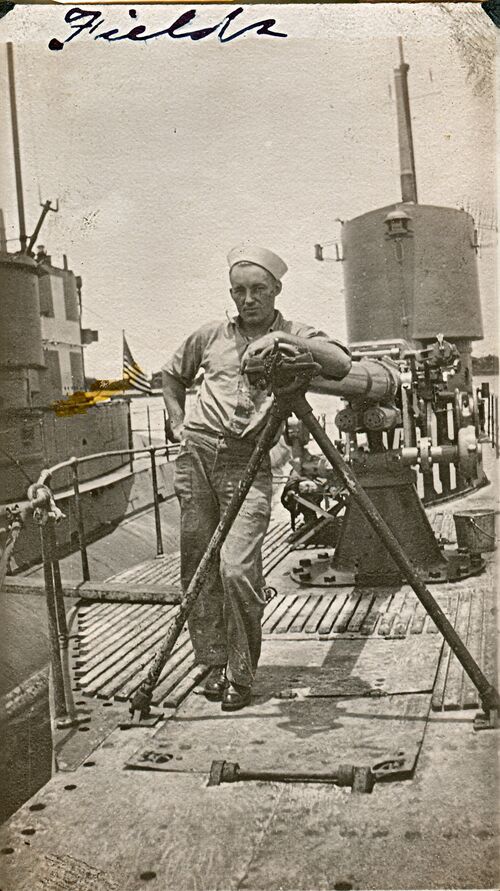
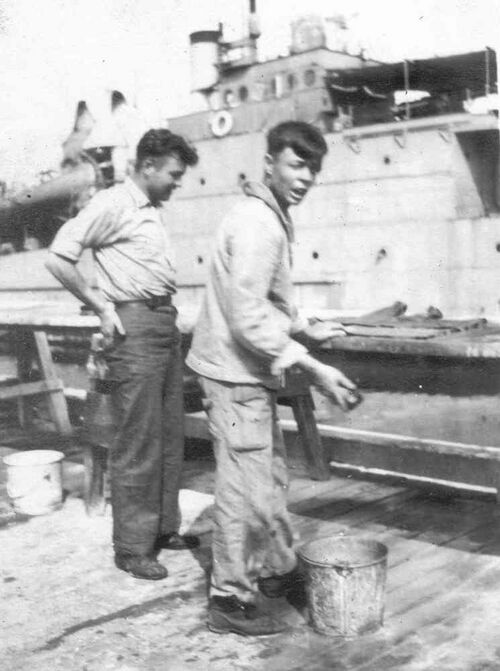

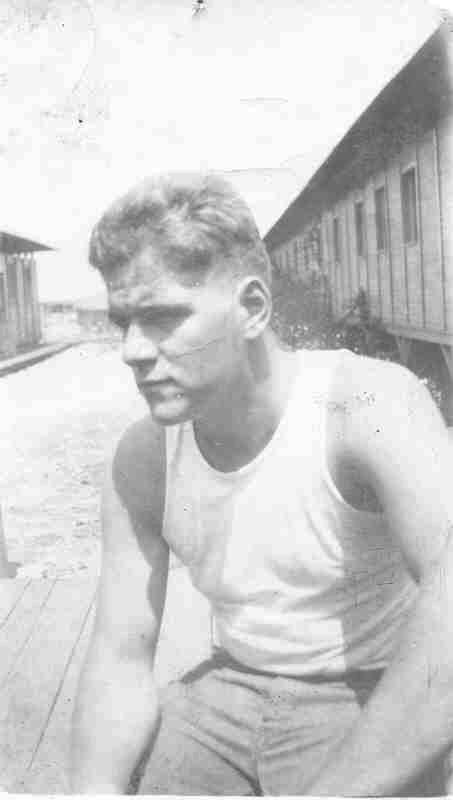
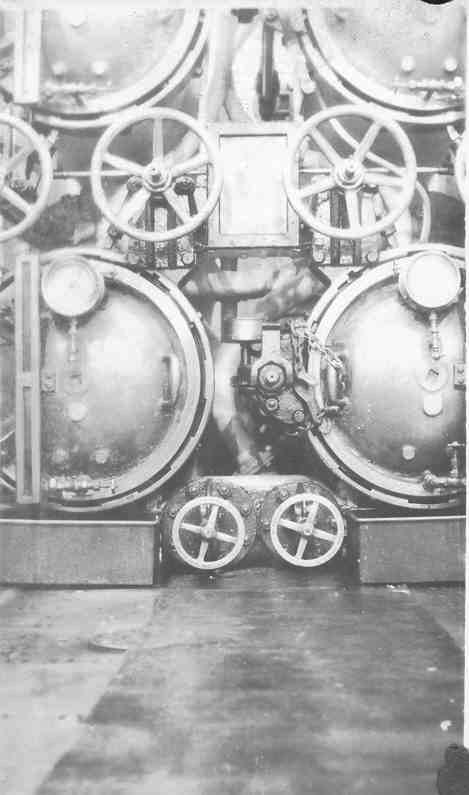
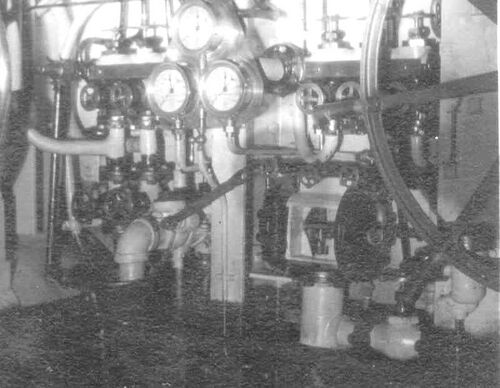

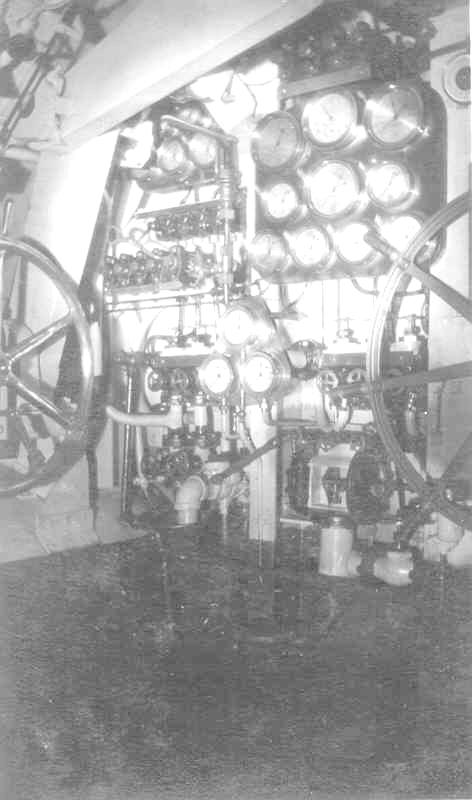
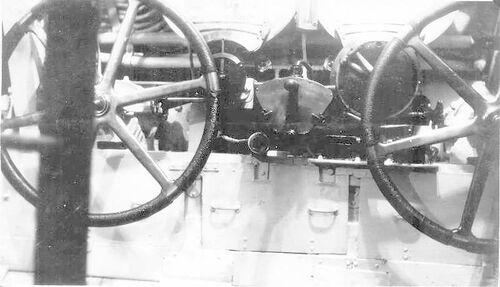
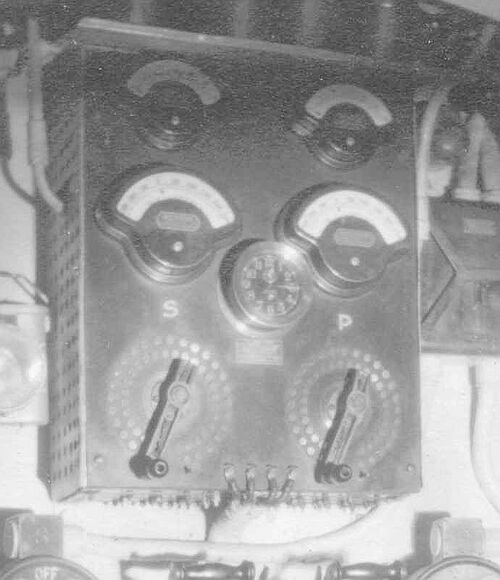
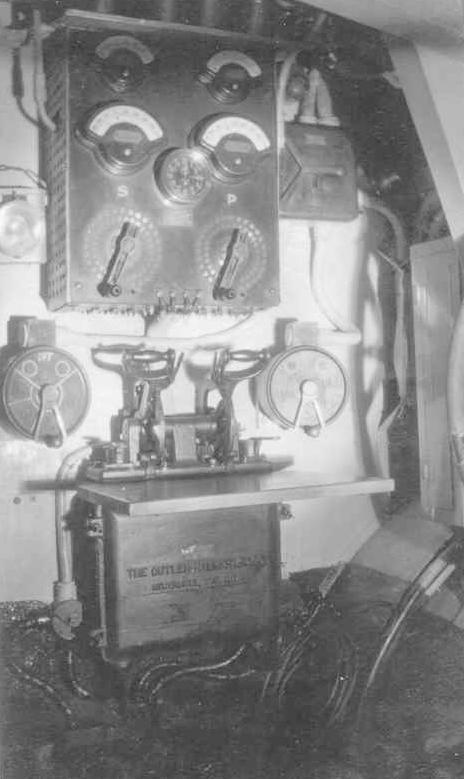
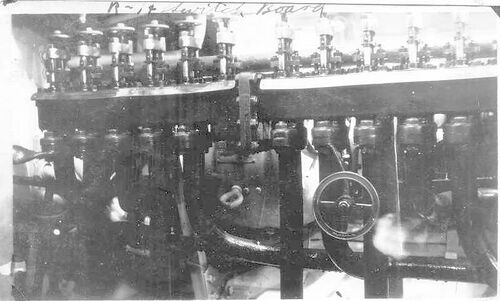
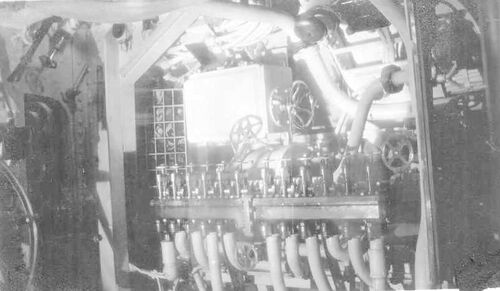

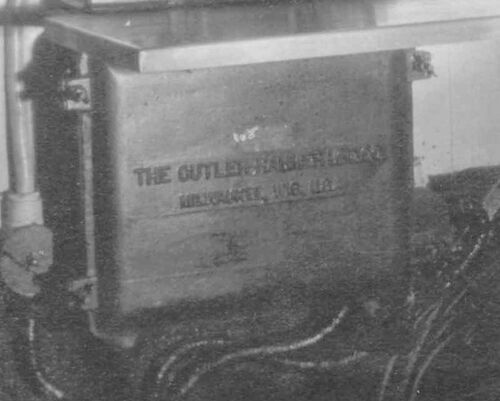
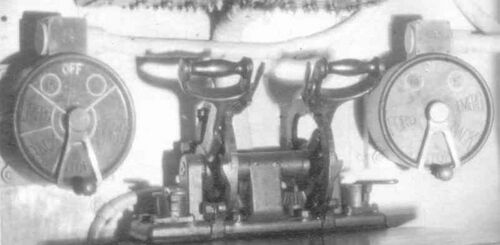
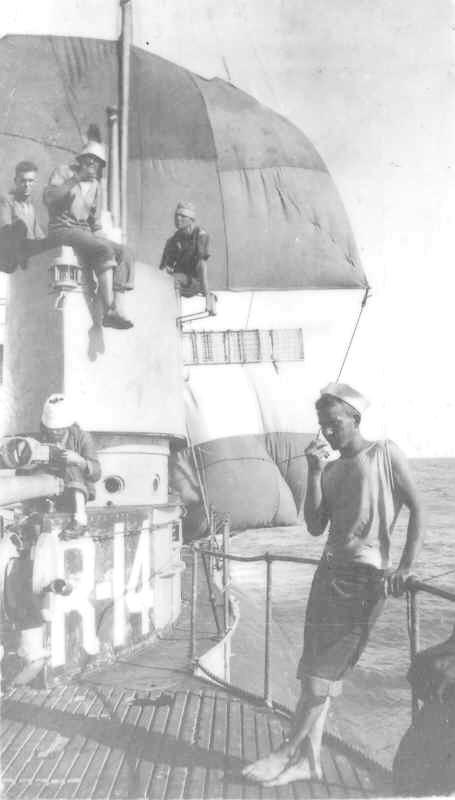
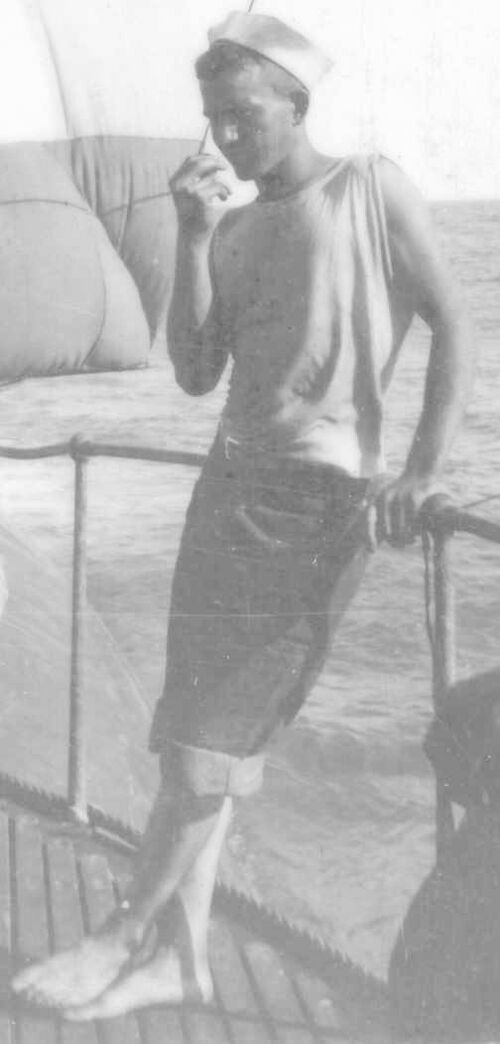

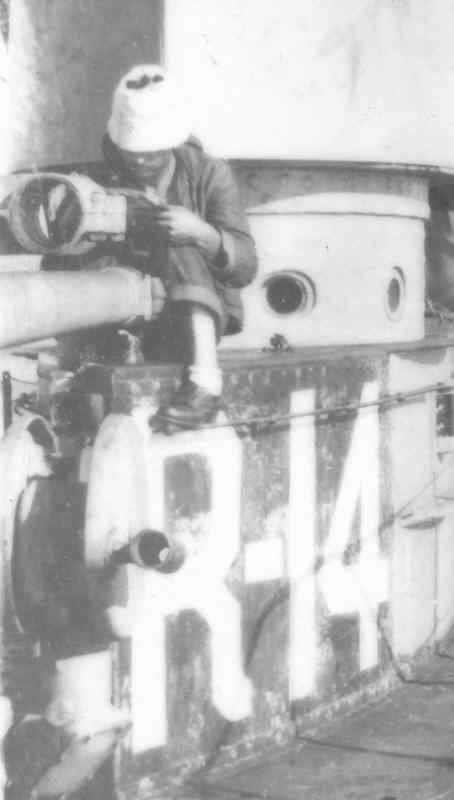
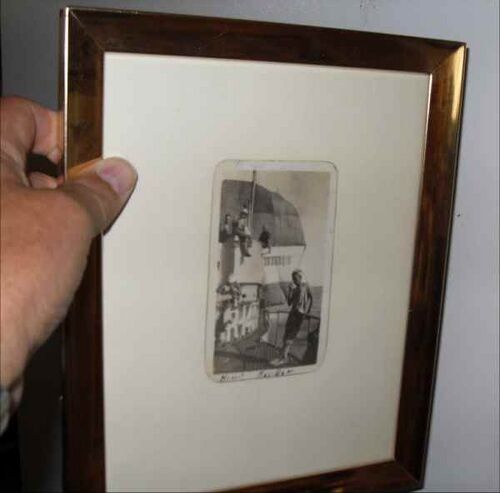
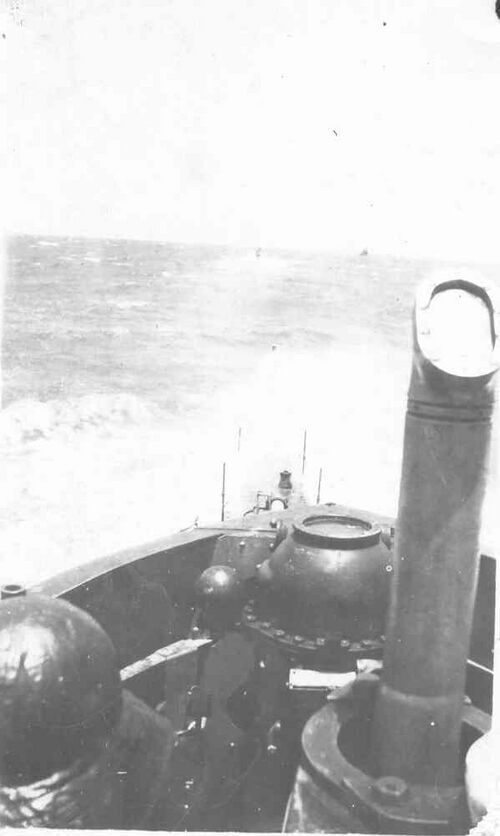
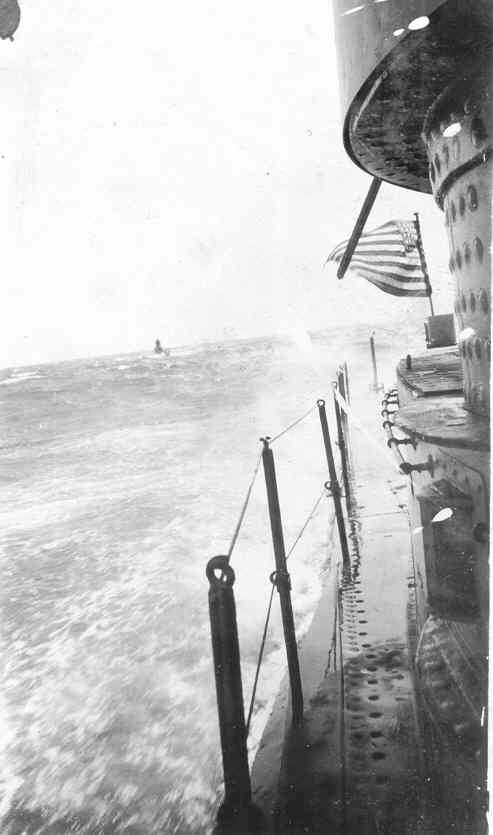
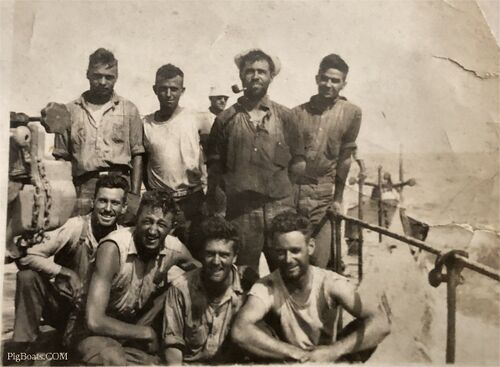
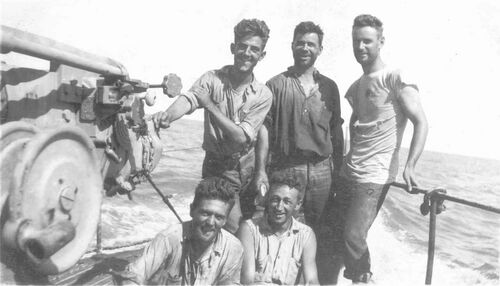

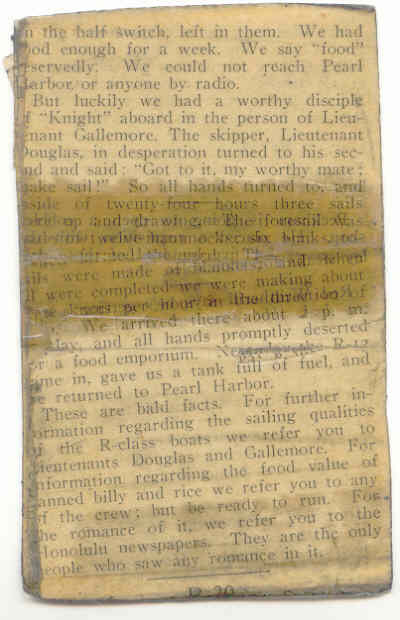
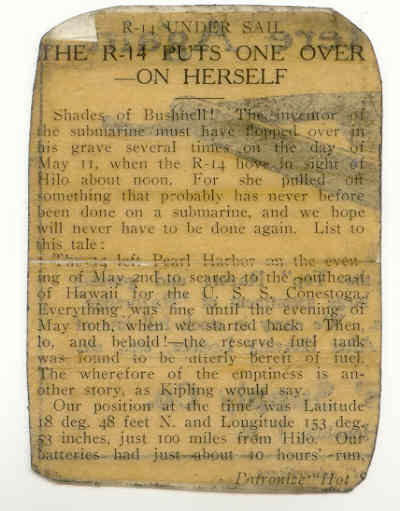
Page created by:
Ric Hedman & David Johnston
1999 - 2023 - PigBoats.COM©
Mountlake Terrace, WA, Norfolk, VA
webmaster at pigboats dot com
